Syn.: Borassus sonneratii Giseke, Cocos maldivica J. F. Gmel., Cocos maritima Comm. ex H. Wendl., Lodoicea callipyge Comm. ex J. St.-Hil., Lodoicea sechellarum Labill., Lodoicea sonneratii (Giseke) Baill.
Family: Arecaceae Bercht. et J. Presl
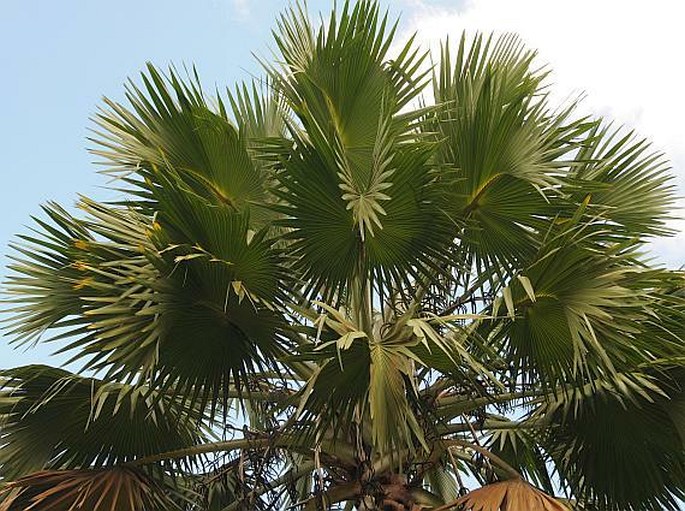
Distribution: Monotypic genus, endemic to two islands of Seychelles (Praslin and Curieuse). This palm was probably discovered during the French expedition to the Seychelles archipelago in 1768. The last rest of tropical forest with dominant Lodoicea maldivica is protected in Vallée de Mai National Park (World Heritage Site by UNESCO), where grow about 6000 individuals of this palm. There are also 3 smaller stands and some scattered individuals in both islands; it is assumed that this species occurred also in small other islands around Praslin in the past. This species is cultivated in other islands of Seychelles archipelago, but only in a few botanical gardens outside. Fruit-bearing trees of this palms grow only in the Peradenyia Botanic Garden (Kandy, Srí Lanka) and in the Singapore Botanic Gardens.
Ecology: Lodoicea maldivica forms pure stands or mixed ones with other palms. These stands are very dark in undergrowth, herb layer of these is limited due the lack of light and leaf litter. Localities occur from the sea level to altitude about 300 m a. s. l., climate is stable very hot and humid during all the year.
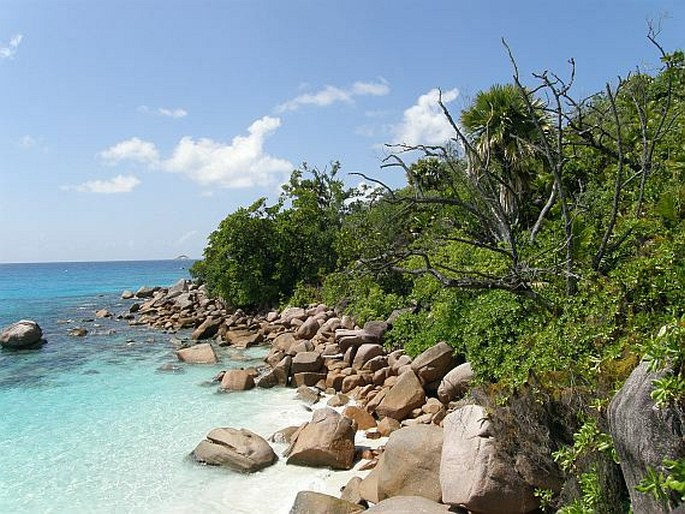
Description: Robust dioecious palm up to 25(–35) m. Young plants are about 15 years acaulescent, trunk of mature individuals is simple, slender, with rings of leaf scars. The leaves form dense crown at the top of trunk; petiole is 4–6 m long, blade is palmate, up to 4,5 m in diameter, plicate, splitting into segments at the margin. The male inflorescence resembles catkin, is terete, 1–1,5 m long and 10–15 cm in diameter, numerous scented flowers are developed in deep cavities. The female inflorescence is 1–2 m long, separate flowers have 3 leathery tepals. The fruit is a big ovoid drupe, usually with one stone up to 18 kg (sensu some informations up to 30 kg), covered by thin husk. It hides the largest and heaviest known plant seed which resembles hips of a woman.
Usage: During medieval times, the seeds that drifted to the Maldives (therefore species name is maldivica) were imported to Europe as erogenous curiosity. These seeds do not germinate, because longer stay in seawater damaged them. They were used as an aphrodisiac.
Note: The genus was named after the king of France, Louis XV.


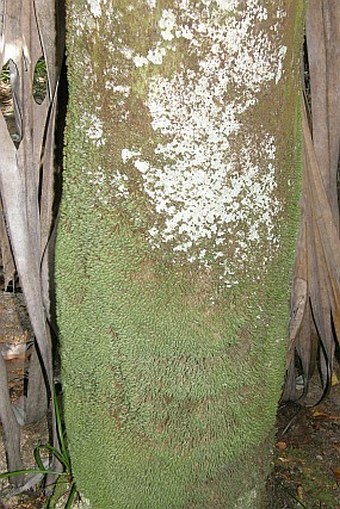



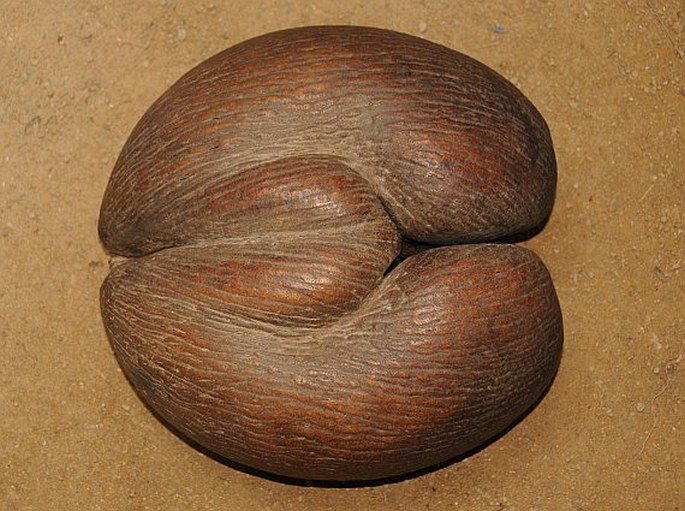

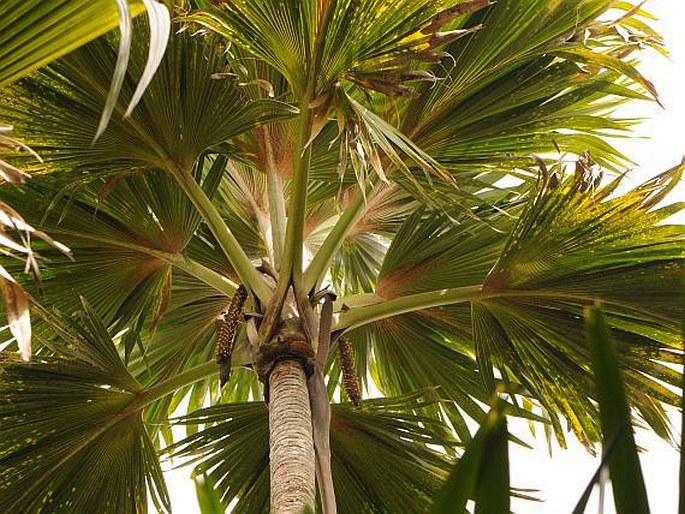

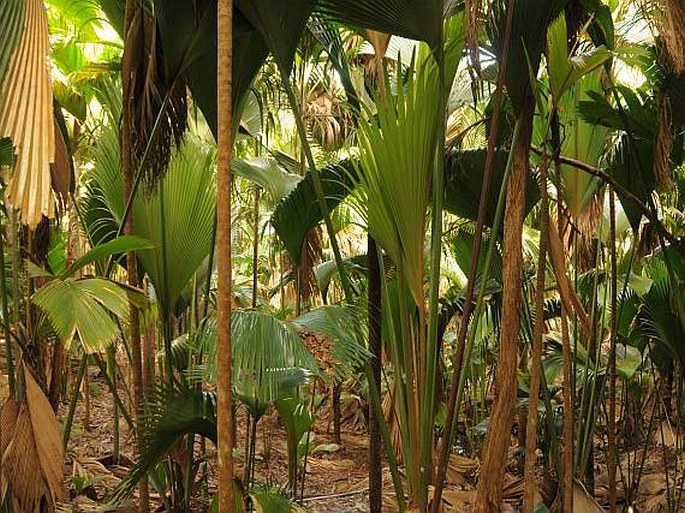
These images were taken in Seychelles, Praslin Is. (by Vít Grulich and Alena Vydrová, February 9 and 14, 2011).


